Creating this thread to share some manual mill/CNC stuff I've picked up so far at work/school. Some nice little charts here if you want to print them out. The center drill sizes are basically what I program the controls for depth for each size, because it's tricky finding one that works I've jotted ones that do here. Also the SFM is a bit different, but if you look at the bottom guide it will show you how to use them. This is for milling only. For drilling, I usually use a different chart that I found to be better. Will upload it soon. Let me know if you need clarification on anything. I wanted to use this as a spot for you all to learn and for backup for my notes.
MOST OF THIS IS FOR THE MILLING MACHINE!
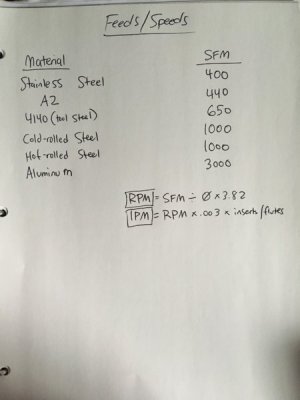
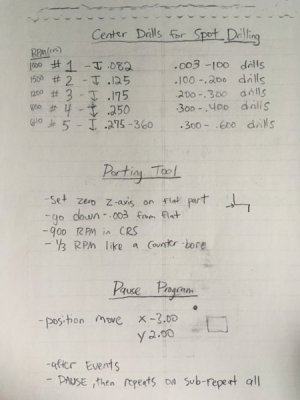
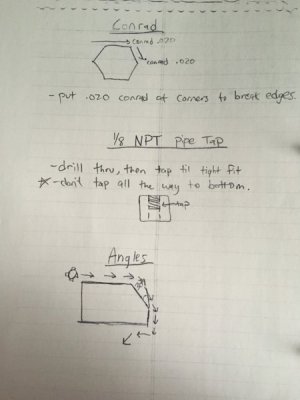
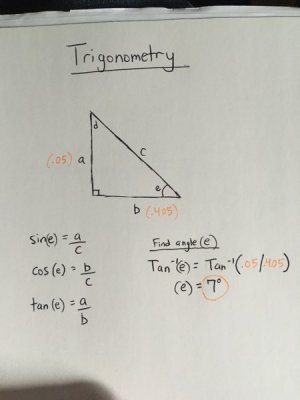
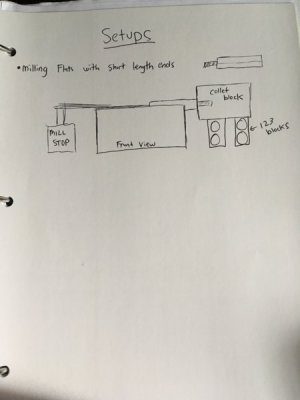
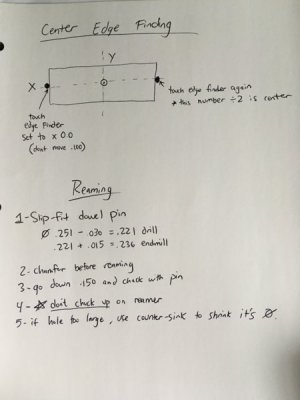
MOST OF THIS IS FOR THE MILLING MACHINE!






